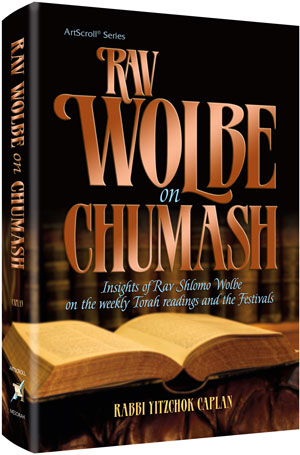Thursday, April 23, 2009
172 - Tazria - Metzora
Tuesday, April 14, 2009
171 - Fourth Yohrtzeit
"And Avrahom rose early in the morning and he saddled his donkey [on the way to the Akeidah]." Chazal tell us that Moshe rode on the same donkey on his way to Egypt to redeem the Jewish People and ultimately Moshiach will ride this donkey at the time of the Final Redemption. A lecturer in a prominent university mockingly questioned the veracity of Chazal's statement. "How could Moshiach bring redemption to our modern world while riding on an ancient donkey?" Rav Wolbe writes (Olam Ha'Yedidus pg. 91) that despite this lecturer's erudition, he failed to see the depth behind Chazal's profound words.
Chazal by no means intended to profess that the donkey would live for thousands of years - until the Final Redemption. Rather, they wished to convey the uniqueness of the three individuals mentioned above. What is special about Avrahom, Moshe and Moshiach that only they are mentioned as riding on this legendary donkey? Chazal were telling us that there is a thread that runs through these great leaders - they all reached a similar pinnacle in spiritual heights.
The Mashgiach explains that Avrahom taught the world about the Creator. Chazal tell us that the entire populace convened and proclaimed Avrahom king over them. The Torah tells us about Moshe, "See that I have given you dominion over Paraoh" i.e. he was given total authority over the most powerful empire in the world. Moshiach will bring the redemption and along with it he will be given sovereignty over the entire world. From where does the unique power wielded by these great men stem? The answer is that all three of them were "rocheiv al ha'chamor" (rode on the donkey).
"Rocheiv" connotes complete control. We refer to Hashem as "Rocheiv shamayim" - literally, One Who rides the heavens, for He maintains complete control over the Heavens and everything beneath them. "Chamor" symbolizes chumriyos - the physical aspects of this world. The intention behind Chazal's words is that these three men succeeded in controlling their physical bodies to an extent unparalleled by all other human beings. Without any external trappings of a king, these men "ruled over" themselves to a degree that was discernible to all those around them. Consequently, those around them acknowledged their greatness and unanimously proclaimed them king.
Rav Wolbe would often stress that we must probe to find the penimius within the Torah and ourselves. Once again he enlightens us to the profound message contained in Chazal's timely words. We are put in this world to study and internalize the Torah. To the extent that one succeeds in using the spiritual to overcome the physical, one can influence those around him to change for the better.

